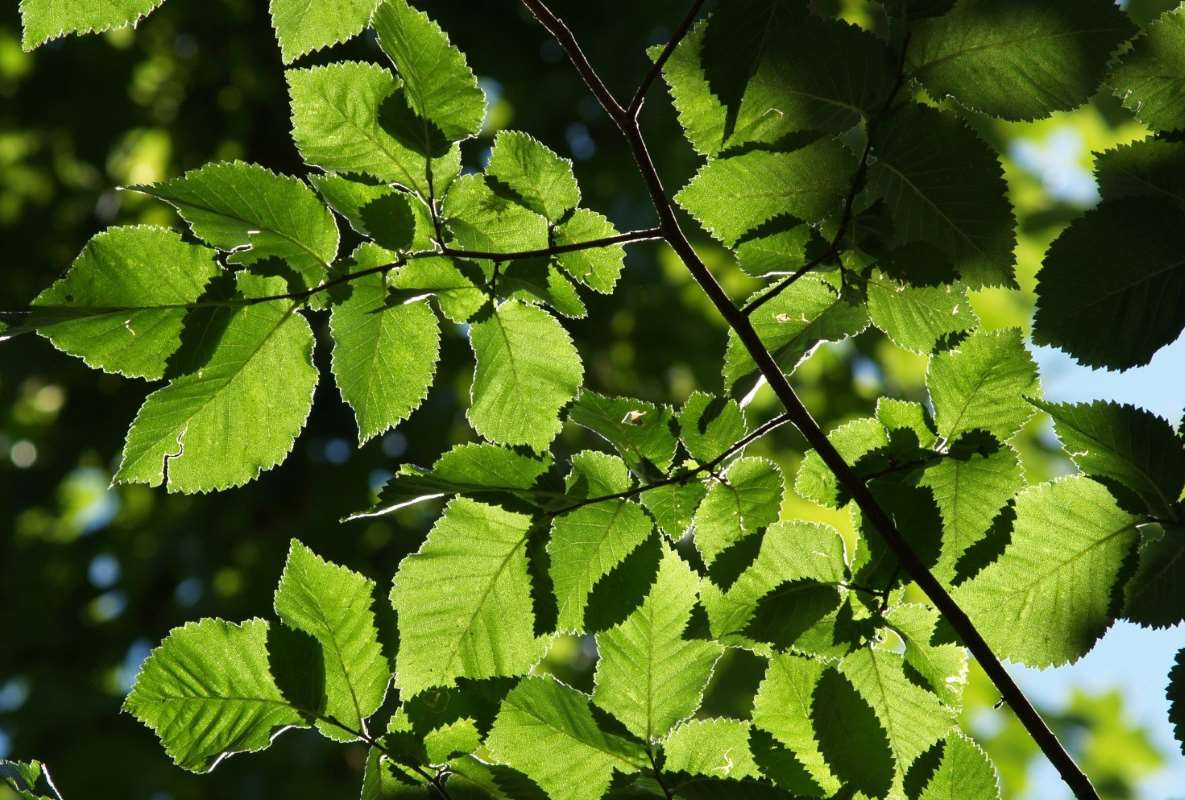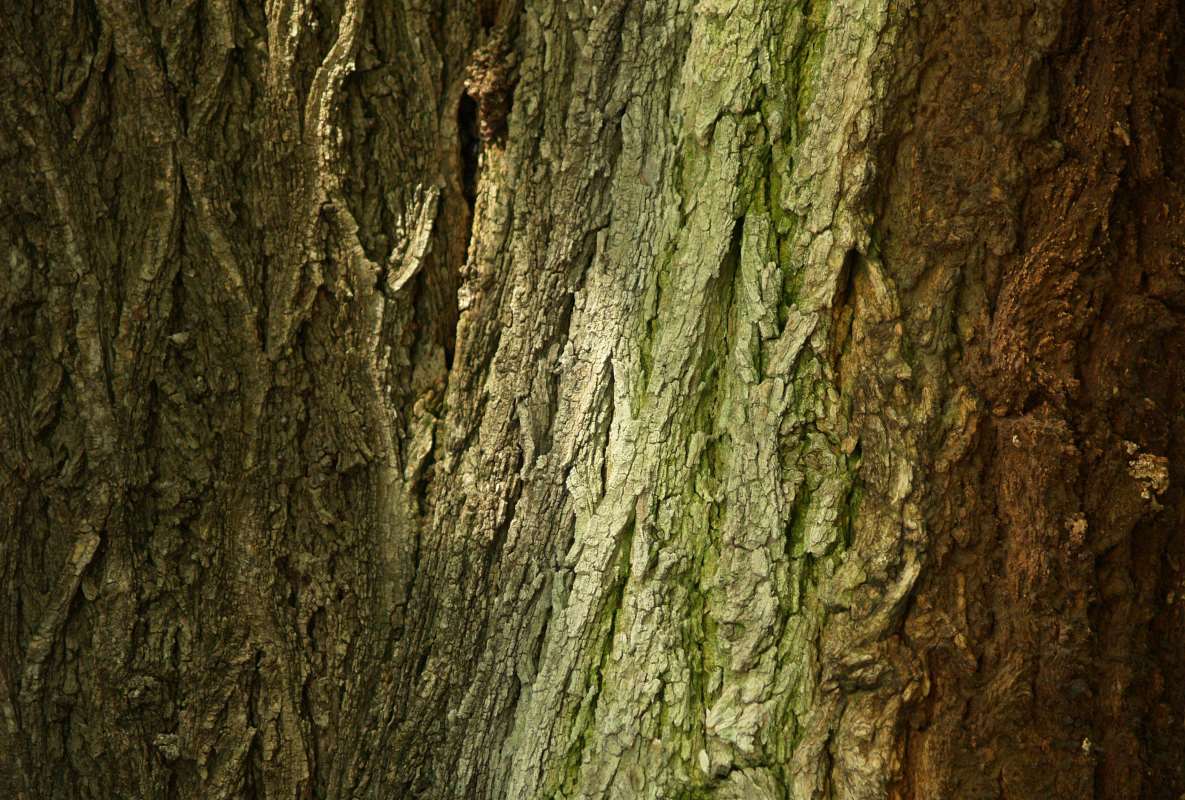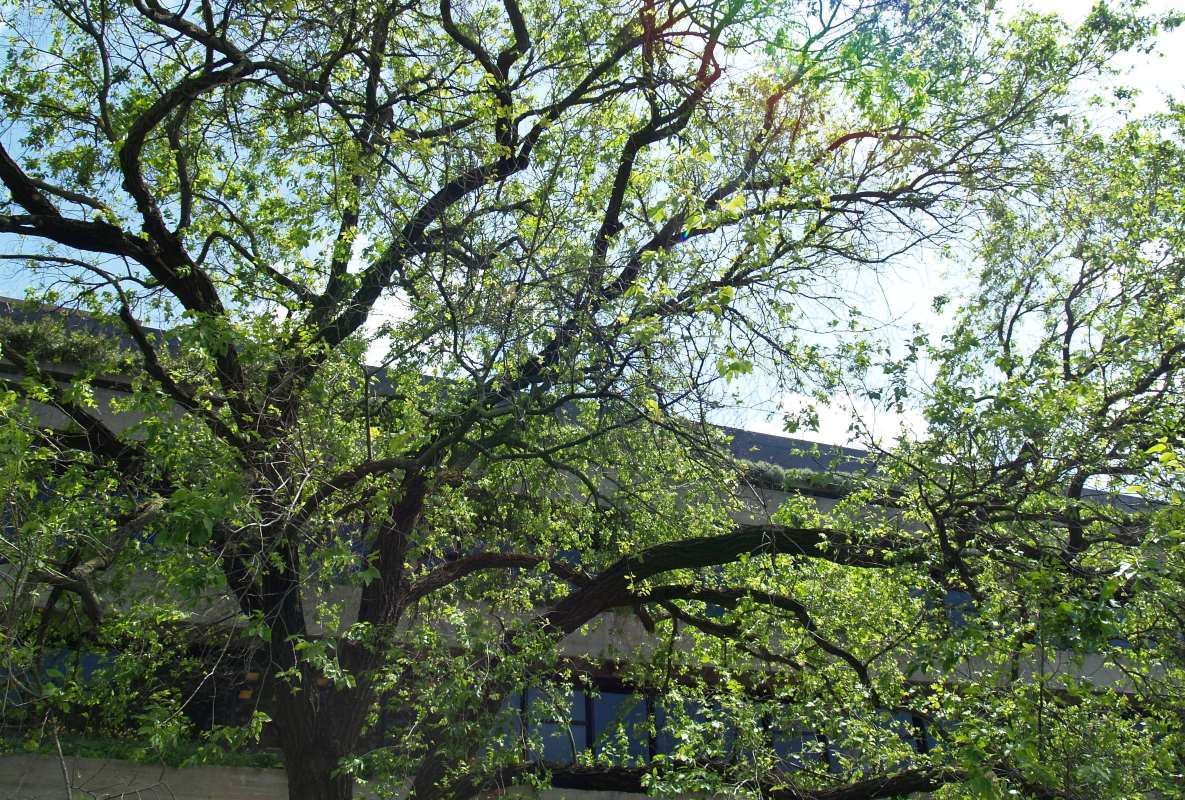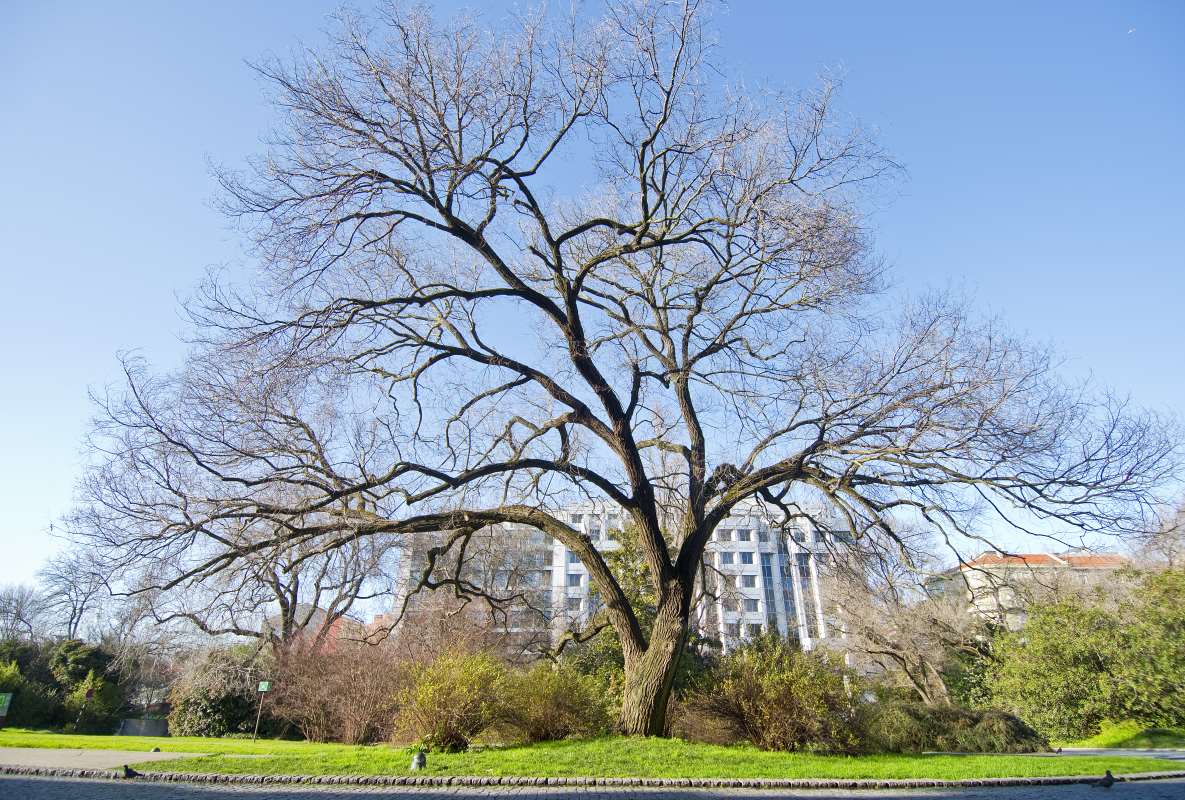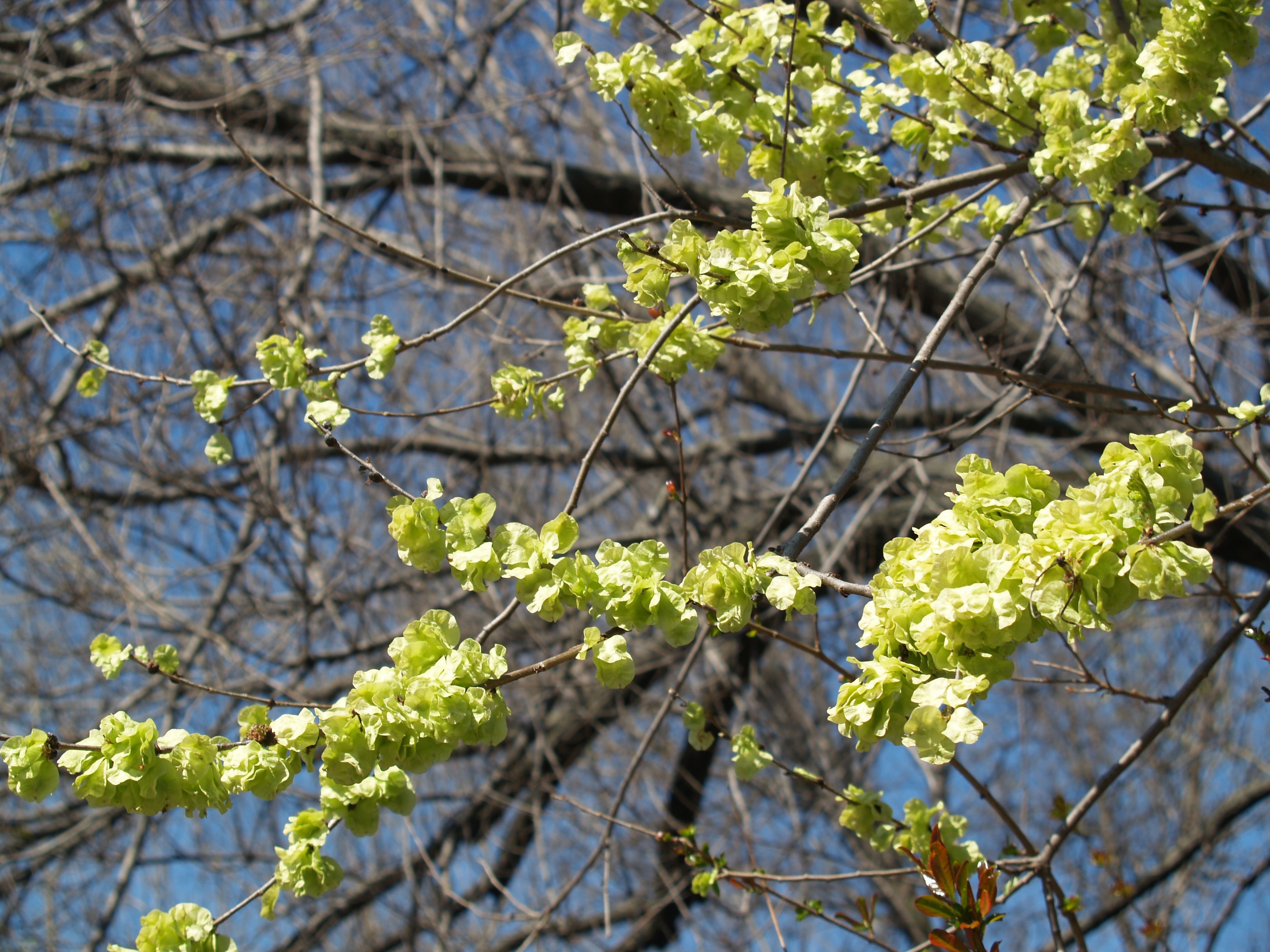
Elm
Ulmus minor
Family and description
Of the Ulmus genus, Ulmaceae family, the elm is a deciduous tree with a wide oval canopy that can reach a height and width of 35 m.
The trunk is rough, striated and dark brown. Young branches may have spongy membranes.
The leaves are alternate, oval and asymmetrical, with a serrated margin and short petiole. They are rough on the upper surface, 3 to 9 cm long and smaller than those of other elm species.
It is a monoecious species – with organs of both genders. The hermaphrodite flowers are greenish in colour, very small and discrete, sprouting before the leaves, at the end of winter.
Fruits are flat, rounded samarae, with a large wing that surrounds the seed and with a diameter of between 0.7 and 2 cm.
Origin and habitat
Originating in Europe, North and West Asia and North America, it is distributed throughout most of the Iberian Peninsula, its autochthonous character in this region is nowadays widely accepted.
It is quite demanding in water, appearing alongside streams, in valleys and areas with a surface water table. It tolerates all types of soil except saline, preferring fresh and deep soils. It is relatively resistant to both the cold and heat.
Uses and curiosities
The elm that prevails in Portugal (Ulmus minor Mill.), is a tree of great importance in ornamental terms and due to its excellent quality wood.
Its wood is very resistant, flexible and easy to polish. It is used in carpentry, carving, shipbuilding, kitchenware, flooring and industry.
Its leaves were formerly used in animal feed. Its bark has medicinal properties.
It is of fast growth and great longevity, being able to live for more than 600 years.
This tree is often chosen by White Storks as a place to build their nests.
Since the beginning of the last century, elms have been susceptible to a severe disease known as elm’s grafiosis, or DED (Dutch Elm Disease) caused by a fungus – Ophiostoma (Ceratocistis) novo-ulmi – disseminated by beetles, which, since the 1980s has caused a devastating death toll, with the number of elm trees decreasing drastically throughout the Northern Hemisphere.
